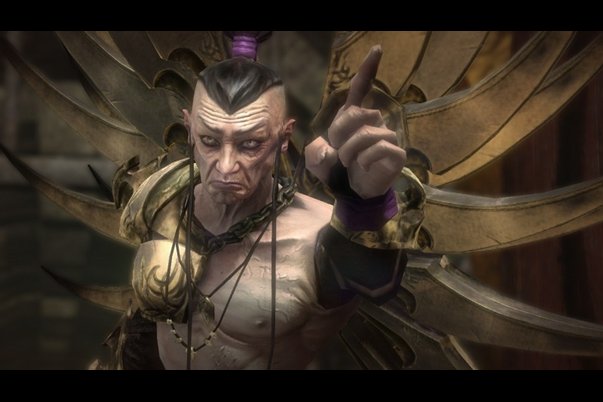Heavenly Sword - updated hands-on
The PS3's answer to God of War finally steps out of the arenas
While the action is outstanding, the real draw of Heavenly Sword is in its cutscenes. Directed by (and starring) Andy Serkis, these sequences feature the most nuanced, expressive faces ever seen in a game, thanks to facial motion-capturing by director Peter Jackson's Weta effects house. The characters here aren't quite realistic enough to be creepy (although you do get the uncanny feeling that every last one is Serkis in a different costume), but they're capable of subtle expressions that enable them to say volumes to each other without speaking a word. Naturally, Serkis gets carried away with this, and most of the acting is broad, theatrical stuff with booming over-enunciation and characters who constantly mug at the camera.

Even so, it's absolutely captivating, partly because of the unprecedented technology and largely because the game doesn't take itself too seriously. The dialogue is cheesy but fun, and the villains - with their bizarre conversations and frightened in-game banter - are silly enough to be likable (although they can still come off as downright menacing and horrible when they want to). The whole production is so brilliantly executed, and yet so over-the-top awful, that we couldn't help but love every second of it. Here, see for yourself:
Although we've only seen about a sixth of the game, so far Heavenly Sword looks to be fulfilling the promises it made when itdebuted at E3more than a year ago. The one chapter we played was deep, pretty and viscerally fun, and it left us wanting more. If you've burned through Resistance and MotorStorm and need another reminder of why you bought a PS3, keep your eyes on this one.
Weekly digests, tales from the communities you love, and more



